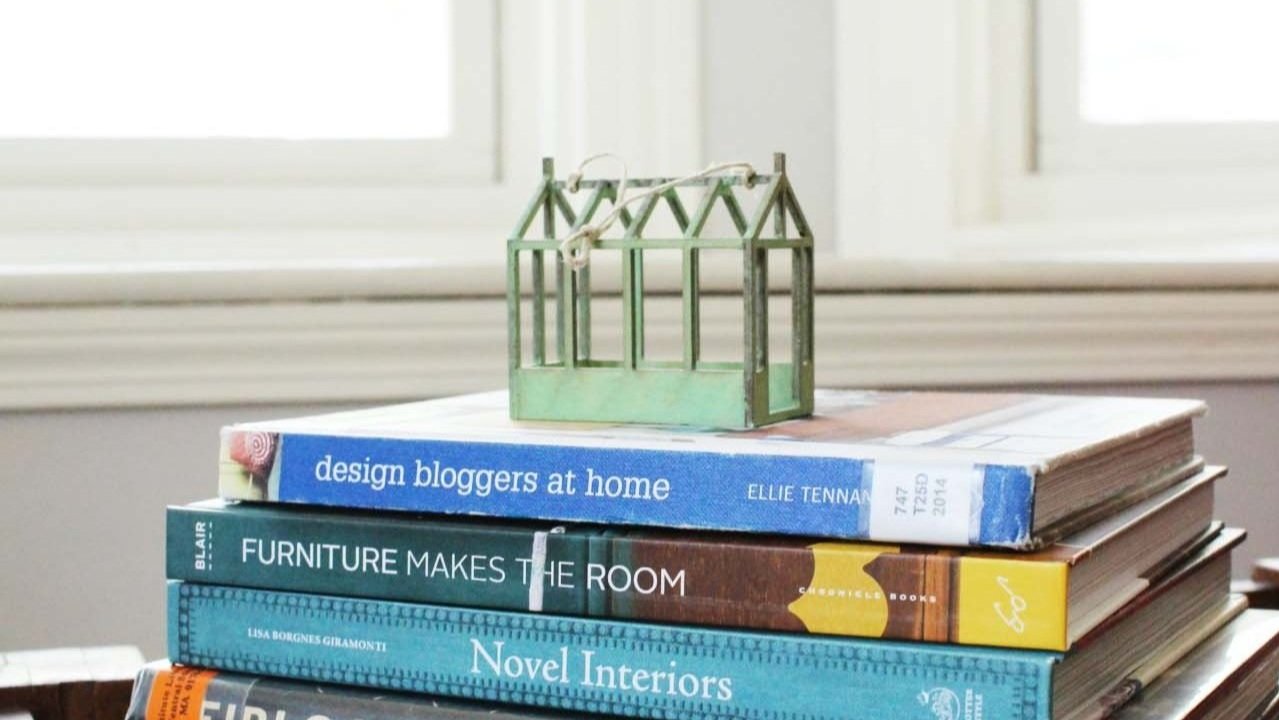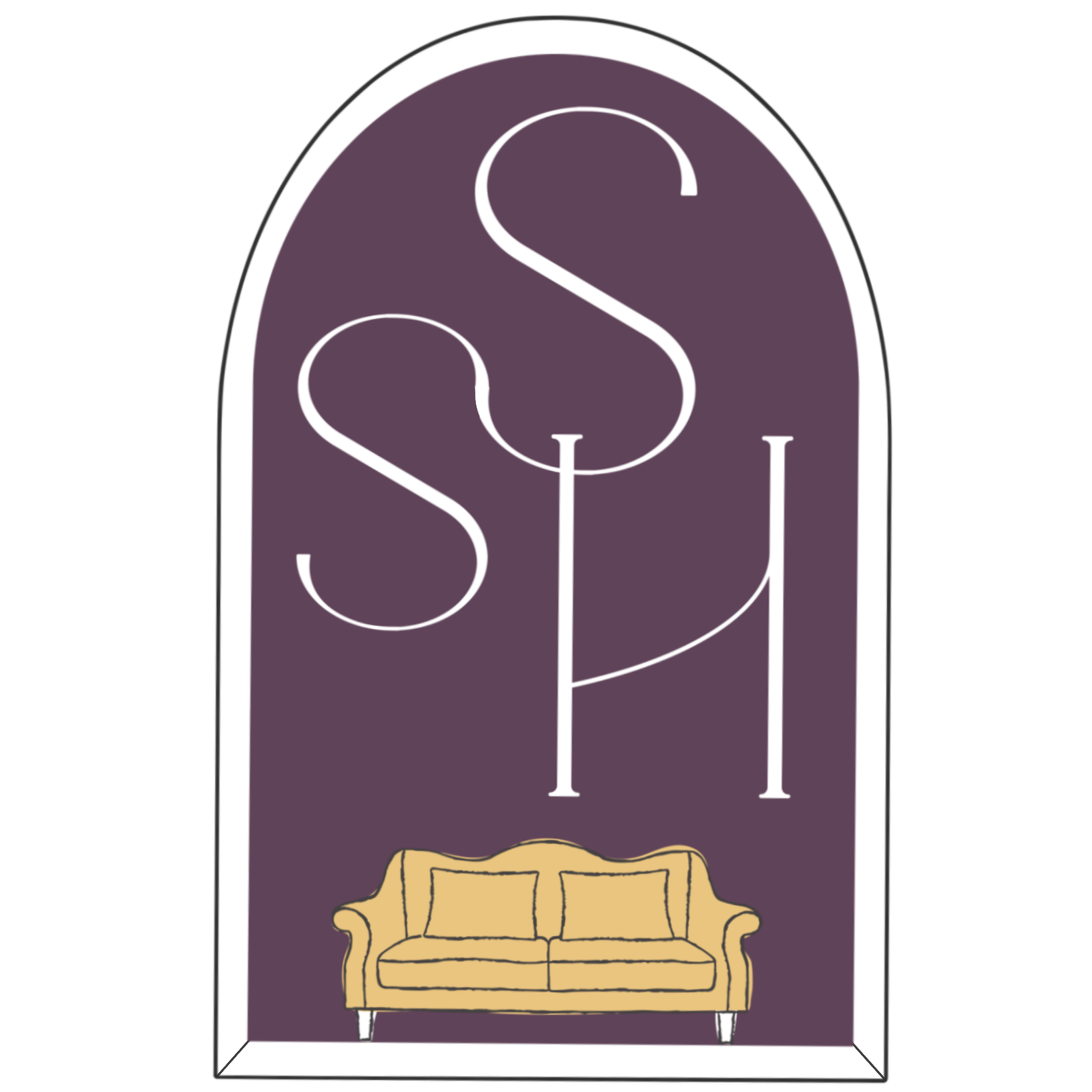
The Slow Style Framework
THE 3 PRINCIPLES of the SLOW STYLE APPROACH to DESIGN
-
Your particular circumstances need to align with what you bring into your home and how you choose to decorate. This includes obvious things like your budget and whether you rent or own. But it also refers to what stage of life you’re in, who you live with (if anyone), and your personal life goals.
-
Your signature style should change over time, reflecting how you’ve been changed by life experiences. And to develop that style, you’ll need to practice creative thinking and trial & error. Style is active. If it you’re not working on it, you won’t create it.
-
If you truly want your home to be an expression of yourself, don’t be afraid to put your values on display. And by “values” I mean how you value family, heritage, your community, the planet, your spiritual beliefs, how you treat people and want to be treated. The reality is that your home already tells the story of what you value by way of your decisions on what to bring into your home, how you display it, use it and store it. Slow Style encourages you to be conscious of and purposeful with this inevitability.
THE 4 SKILLS YOU’LL DEVELOP AS YOU APPLY the SLOW STYLE APPROACH to YOUR HOME
ENVISION.
Create a vision for each room that takes into account your real life, and what you want to feel and experience in that room.
EXPERIMENT.
Practice the art of trial and error to build your confidence in making design decisions. Always start by using what you already have!
EXECUTE.
Translate how you want to feel and what you want to experience into specific design decisions. Things like color, pattern, material, scale, shape…this is the heart of what the pros do.
ENRICH.
Travel, food, culture, as well as learning about the history of design and how things are made can enrich our lives. You can use these life experiences as ongoing inspiration for the evolution of your signature style.
THE 5 ELEMENTS FOUND IN EVERY SLOW STYLED HOME
Even though any signature style is eclectic in nature, there are certain things you’ll see when you encounter a home that uses the Slow Style approach. How much of each element and how that element is mixed with other things is up to you.
Antiques
Art
Nature
Handmade
Heritage & Culture
I think it’s really helpful to see how these elements show up in real life.
That’s one of the reasons I wrote my new book.
You’ll see how each of them is used by a variety of designers, including me!
Pre-order it now or buy it at your favorite bookstore once it’s on the shelves starting June 17.
If you don’t want to use Amazon, you can also order from Barnes & Noble or Bookshop, which is an online store that buys from independent booksellers.






